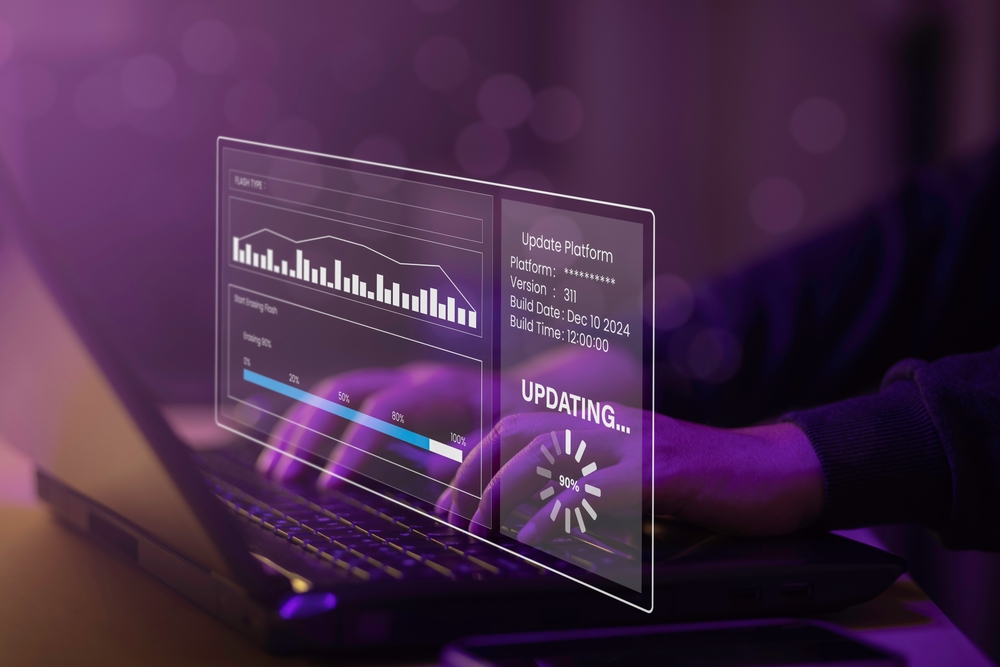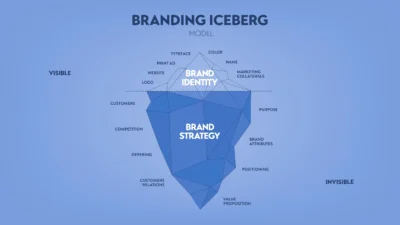At NexGenAI, we specialize in optimizing website performance to ensure its effectiveness for both user satisfaction and overall business performance. A responsive, speedy, and effective site can greatly improve both user satisfaction and engagement, which in turn leads to increased conversion rates. At NexGenAI, we specialize in optimizing web presences so they are powerful and efficient online. This blog discusses key aspects of web performance and offers strategies for its enhancement.
Understanding Website Performance for Better Results
Definition and Metrics of Effective Performance Tracking Systems (ETPS)
Website performance refers to the speed at which pages load in a user’s web browser. Metrics that measure this performance include:
- Page Load Time: The length of time needed for a website page to fully load.
- Time Till First Byte (TTFB): The time required for a browser to receive its first bit of information from a server.
- Render Time: The time needed for a web page to appear visually complete and interactive, such as videos.
Importance of Performance Optimization
Optimizing website performance is of utmost importance since it directly affects user satisfaction. Faster websites will result in greater user satisfaction, lower bounce rates, and better search engine rankings.
Factors Influencing Website Performance
Hosting Services
The quality of your hosting provider can have a dramatic effect on the speed of your website. A reliable provider will result in faster load times as well as increased server uptime and stability.
Website Design and Structure
Effective web design and structure can improve performance. A straightforward layout, optimized code, and well-organized content all contribute to faster loading speeds and reduced frustration for site visitors.
Multimedia Content
Videos, images, and other multimedia content can impede website performance if not optimized properly. Achieving an equilibrium between performance and quality is of the utmost importance for an optimal online experience.
Third-Party Integrations
Third-party integrations such as social media widgets or analytics tools can add many capabilities while also slowing down your site. Therefore, it’s essential that these third-party integrations be managed and enhanced accordingly.
Enhance Website Performance Through Techniques
Optimizing Website Hosting Services
Select the Proper Hosting Plan
Consider all aspects of hosting that will best suit the requirements of your website, including traffic volume, content types, and server resources when selecting a hosting plan.
Utilizing Content Delivery Networks (CDNs)
CDNs allow websites to distribute their content across multiple servers worldwide, speeding up load times by serving it from servers nearest users.
Server Response Time
Make sure your server response time is optimized as much as possible by employing faster servers and optimizing server configuration settings.
Efficient Website Development Solutions
Simplifying HTML, CSS, and JavaScript
Clear and concise code makes browser processing much simpler, leading to faster page load times. Minimizing HTML, CSS, and JavaScript files helps reduce their size and quantity significantly.
Minimizing HTTP Requests
Every component on a web page (images, scripts, styles) makes an HTTP request; decreasing the number of components will reduce HTTP requests and thus speed page loading times.
Reduce Redirects
Excessive redirects can slow the loading time for pages. By decreasing their use, you will speed up access to content more efficiently.
Optimizing Images and Multimedia Files
Compressing Images
Use image compression tools to shrink image sizes without compromising their quality. Some formats, like WebP, may even prove more efficient than traditional JPEG or PNG ones.
Implement Lazy Loading
Lazy loading allows videos and images to load only when they’re needed, thus speeding up loading time and overall performance.
Optimizing Video Content
Hosting videos on other platforms such as YouTube and Vimeo helps reduce server burden while increasing site performance.
Caching Strategies
Browser Caching
Use browser caching to store frequently visited pages on the user’s device, speeding up load times on future visits.
Server-Side Caching
Server-side caching enables dynamic content to be stored and delivered quickly to users. Object and opcode caching are useful tools for this process.
CDN Caching
CDNs also enable caching—storing copies of your content across multiple locations and serving it from the most convenient server location.
Enhancing Website Code
Minimizing Code
Minify HTML, CSS, and JavaScript files to remove unnecessary characters and reduce file sizes for faster load times.
Remove Unnecessary Code
Always conduct regular audits on your code to identify any outdated or unnecessary code, maintaining cleaner and more effective performance.
Asynchronous Loading
To provide users with the best experience, load scripts asynchronously so as to not impact website rendering and increase overall user satisfaction.
Database Optimization
Indexing Database Queries
Indexing can significantly speed up queries to databases and decrease access times for information and pages.
Regular Database Maintenance
Maintain databases by performing regular maintenance tasks such as clearing away unnecessary information, improving tables, and looking out for any possible mistakes.
Optimizing Database Configuration
Adjust the configuration of your database to enhance performance based on the needs and traffic patterns of your website.
Mobile Performance Optimization Strategies
Since smartphones now account for much of the traffic to the web, optimizing for mobile device performance is key to providing users with an enjoyable user experience.
Responsive Design Principles
Applying responsive design principles ensures your website can adapt to various screens and devices while still remaining usable and providing maximum performance.
Mobile-Specific Optimization Techniques
Enhance mobile performance using techniques such as compressing images and creating Accelerated Mobile Pages (AMP). Minimize use of mobile-specific CSS and JavaScript code by using techniques like compressing images.
Monitoring and Testing Website Performance
Performance Testing Tools
Make sure to regularly test the performance of your website using tools such as:
- Google PageSpeed Insights: Provides valuable insights for improving page load speed.
- GTmetrix
- Pingdom
These tools offer insights and recommendations for improving performance.
Regular Performance Audits
Perform regular audits to identify areas for improvement and ensure your website is optimized for both performance and usability.
Best Practices for Maintaining Website Performance
Regular Updates and Maintenance
Maintain your plugins, software, and themes regularly to ensure compatibility and efficiency for optimal website operation.
Tracking User Feedback
Listen carefully to feedback from users regarding the performance of your website and address any problems swiftly.
Stay Up-to-date with Industry Trends
Staying current with trends and developments related to web performance is essential if you wish to constantly enhance and improve your website.
Conclusion
Optimizing website performance is integral to providing users with an enjoyable online experience and driving business success. By following the strategies outlined here, it’s possible to make sure that your site is fast, responsive, and effective—something NexGenAI excels in doing for businesses looking to boost their online visibility. For more information or assistance, please visit nexgenai.tech or reach out directly at contact@nexgenai.tech.
Referencing
- “Website Optimization” by Andrew B. King
- “High Performance Web Sites” by Steve Souders
- “The Art of Scalability” by Martin L. Abbott and Michael T. Fisher
Useful Tools and Software
- Google Analytics
- SEMrush
- Mailchimp
By making use of these techniques and tools, optimizing the customer experience on your website has never been simpler. Be proactive about seeking improvements so that it becomes a vital asset to your business.

